Sitting with a few friends over dinner, the subject came up about how much poplar furniture used to be made in Romania. In fact, it is still being made. One of them was very surprised to hear that poplar, the wood that used to be used to make spoons and hooves, is used to make furniture, and it is quite beautiful. His surprise made me think that there might be others who do not know much about poplar wood and what it can be used for.
As I said, poplar wood was used in the past to make spoons, kitchen choppers and hooves, as it is a soft wood, easy to work with hand tools. Even now many craftsmen use it to carve their products. The fashion for poplar furniture originated in Italy and is specific to central Italy. It copied the old "arte povera" style - a style that emerged in the 19th century, specific to simple people, without polished carvings and other such details. The simple furniture style made a comeback in Italy in the 1970s under the same name of arte povera. It is furniture with a simple design, straight lines, made of solid poplar and beautifully finished.
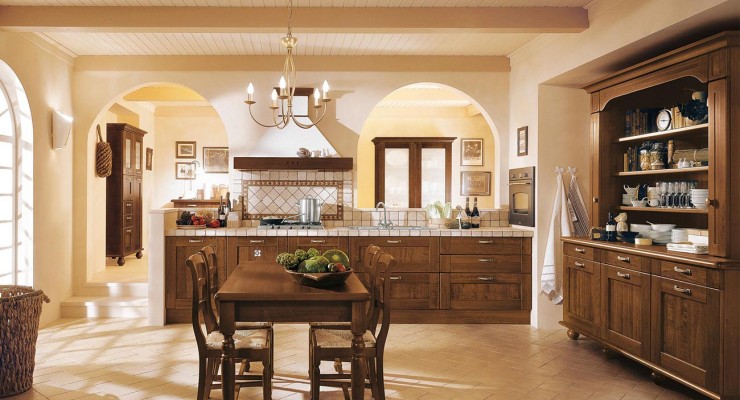
I will come back to this furniture, but until then let me tell you a little bit about poplar wood. It's native to temperate Europe and Asia. Poplar (populus tremula) is a fast-growing species, with a straight trunk that grows to 20-25 m tall and can reach 3-4 m in diameter.

In terms of structure, it is a straight-grained wood with a uniform structure, light brown heartwood and pale yellow to white sapwood, with no clear demarcation between the two zones.
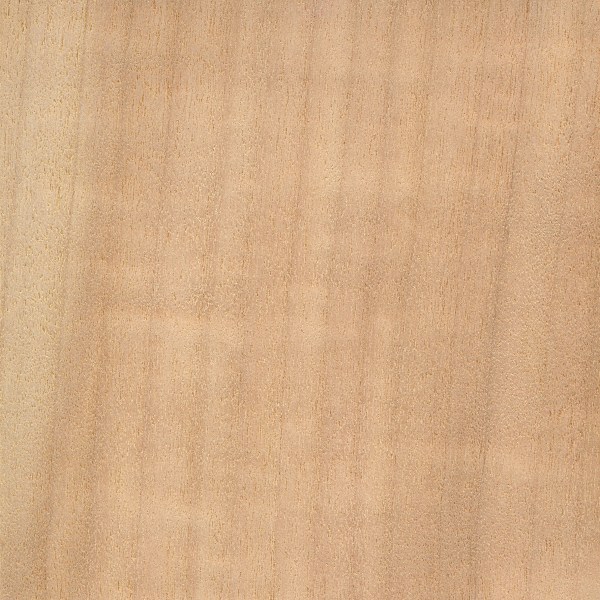
The pores are quite numerous, medium in size, scattered throughout the annual ring with no specific pattern.
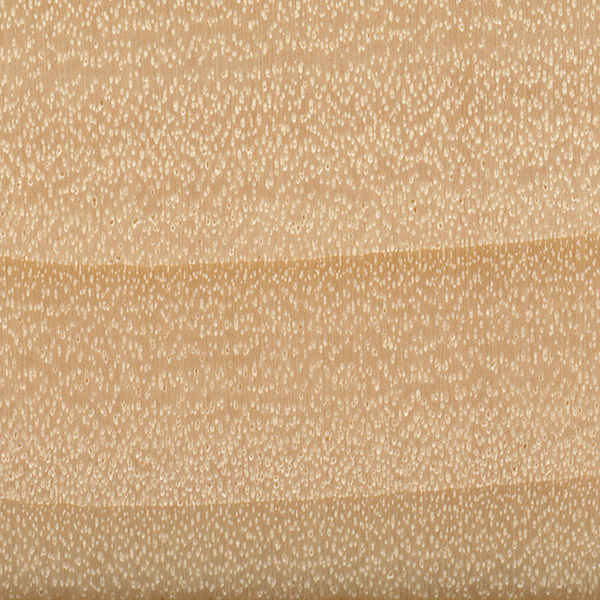
Poplar wood is easily processed both manually and mechanically. In our poplar, which grows a lot in sandy soils, sand is sometimes found in the poplar, which sometimes damages the tools during processing. When it dries, it tends to bend. Being soft it has a low resistance to nail pulling and creates problems when sanding, requiring sanding with finer sandpaper than other species (200-220).
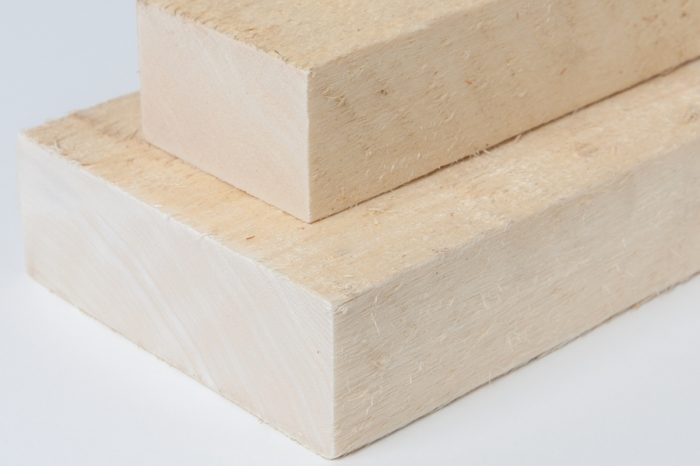
Poplar is used to make plywood and chipboard, to make paper, to make jewelry or decorative boxes,
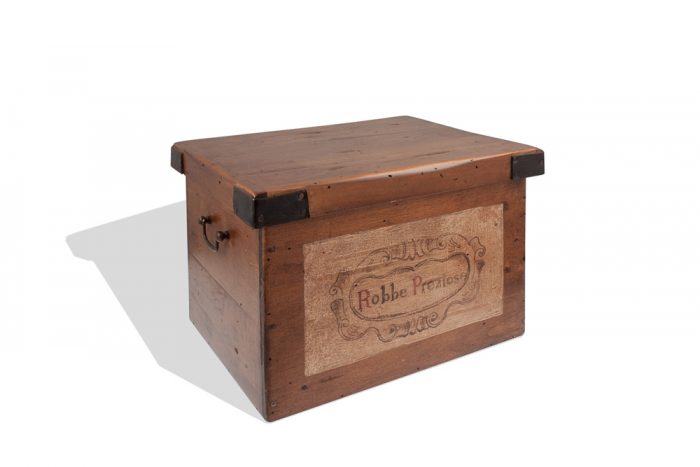
braided baskets,
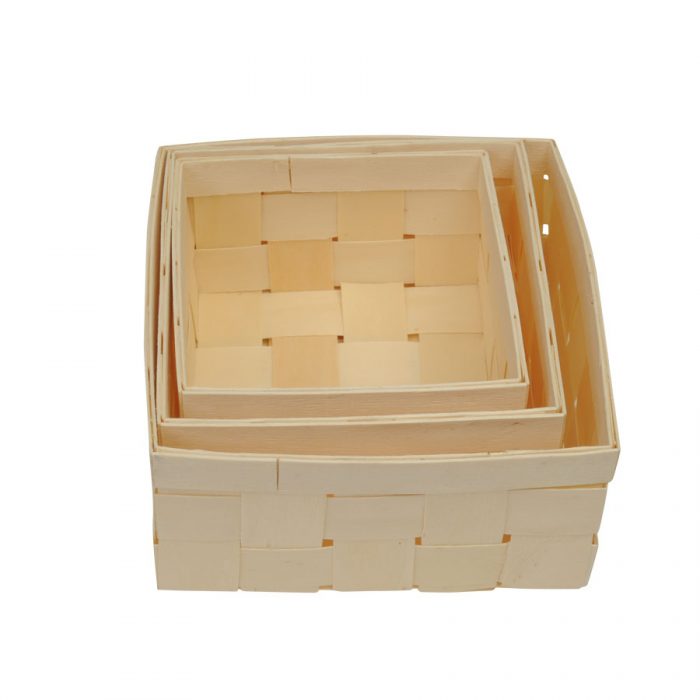
spoons, rustic serving platters, bowls
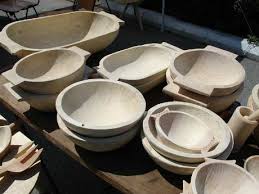
and arte povera style furniture.
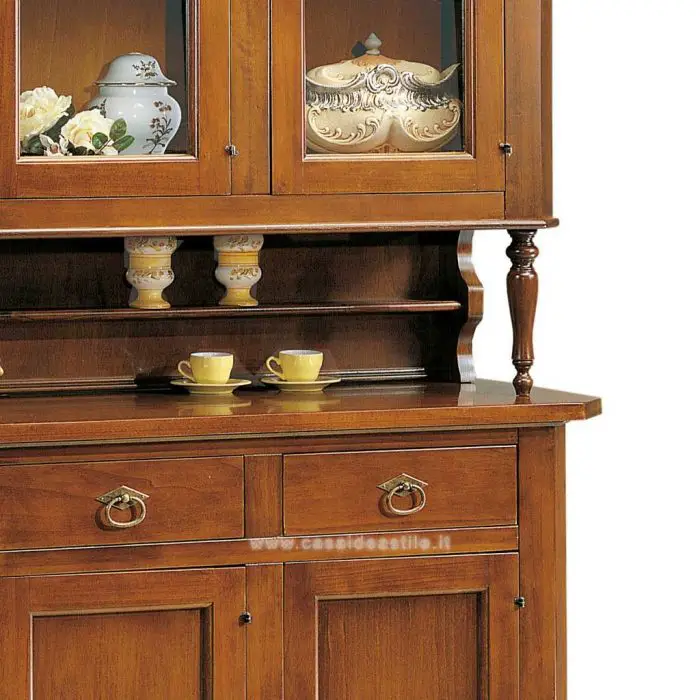
Now this furniture is no longer the furniture of simple and poor people. Quite the contrary, I can say. It is a very beautifully crafted piece of furniture, made of solid wood, with quality fittings. To give the impression of simple furniture, the drawers are "wood on wood", with no mechanical guides.
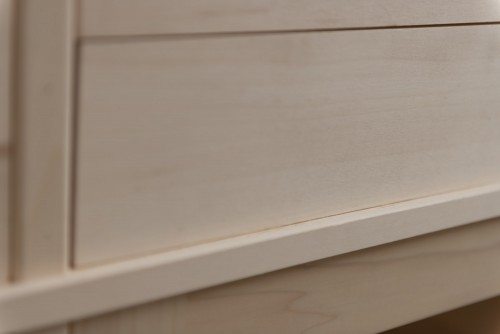
It is sometimes combined with lime or tuliptree to increase its strength. Because it's very woolly, it can absorb color differently and the appearance may not be very uniform. But for some, that's the charm.
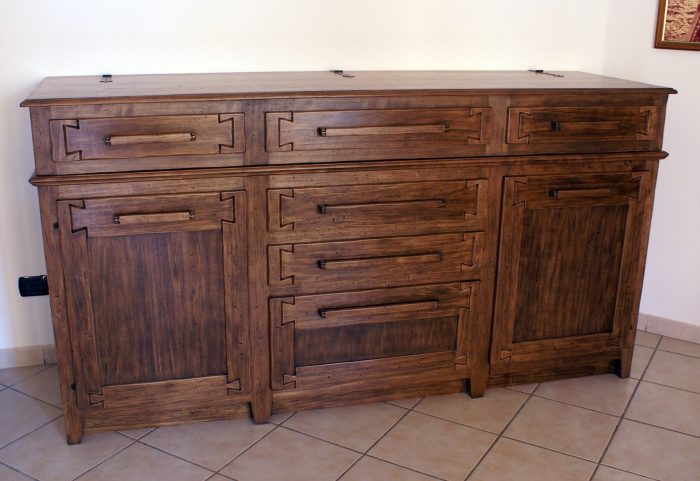
For those who want more uniform furniture there are special finishes for poplar which evens out the appearance in a few steps, so you end up with a very uniform and silky-smooth furniture.
Arte povera furniture is made for both living rooms and bedrooms,
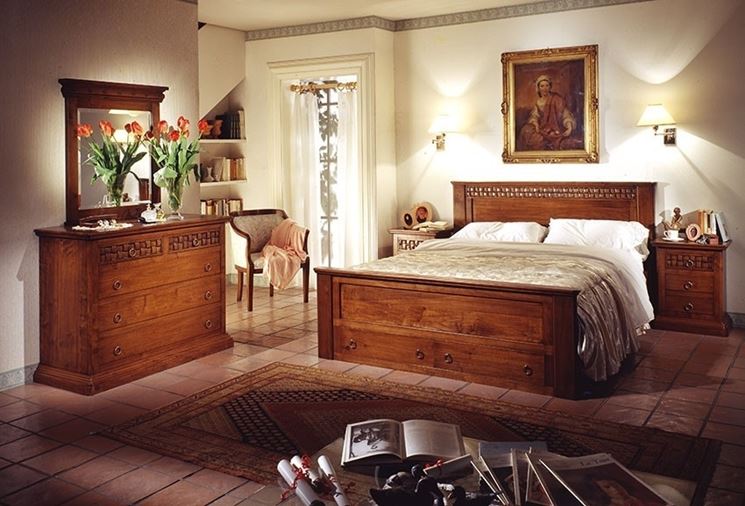
as well as bathroom and kitchen.
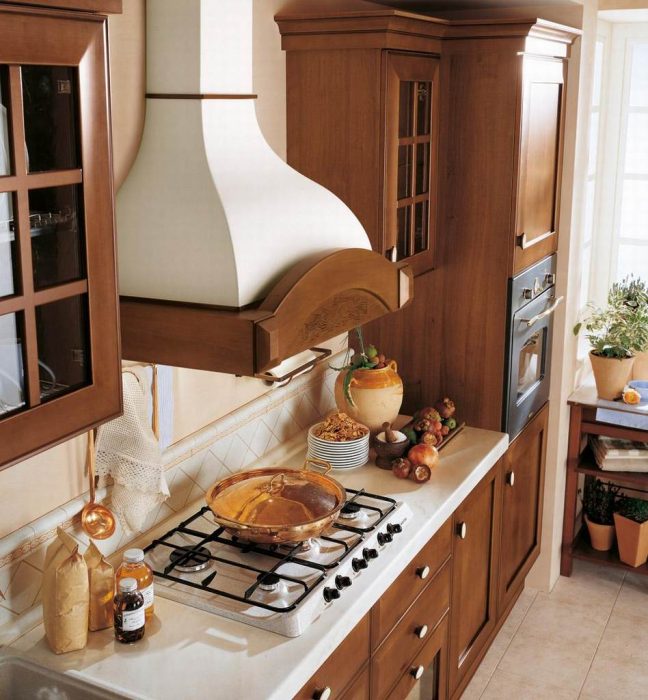
The finishing for the latter is done with materials that moisture resistant.
Arte povera furniture is still made here. There are factories that manage to make real jewelry, attention to detail being their strong point.
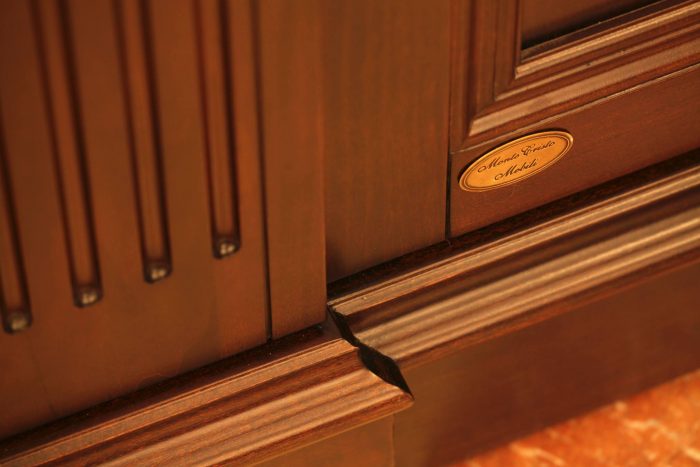
Poplar is not a wood that says much when you look at an unfinished piece. Instead when the design and finish are well chosen, you get an exquisite piece of furniture that really deserves the name "arte povera", but with an emphasis on art because poor is far from it. 🙂




































Wow!!!! how beautiful poplar wood furniture is!!! Nature's kind to us...
Thank you very much for the information!
With pleasure!
I like poplar a lot, I've worked with it. I appreciate its texture, color, and the fact that it's lightweight (it's great for pieces of furniture that are suspended), but when I've used it for kitchens I've found it "works" more than other materials. I still haven't found the perfect waterproofing solution. I will propose in the future a discussion about the treatment of wood used strictly in kitchens (I think that's where the hardest conditions for solid wood are).
Thank you for your articles.
Good luck
Teo
Thanks for the idea. I'll broach the subject soon.
Nice article, Mihaela!
Teodor, to stabilize poplar wood, I think a good solution is heat treatment, only the wood darkens.
Good luck for the future!